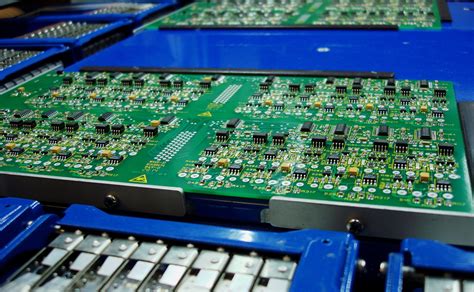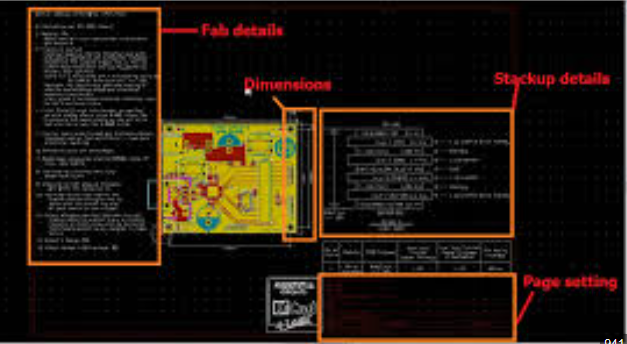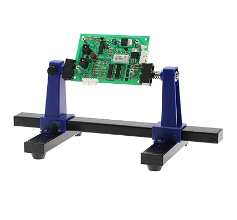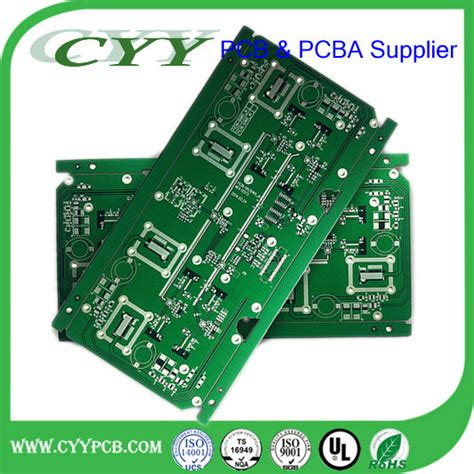Analysis of the reasons why there is no copper in the copper-plated copper in the holes of PCB boards
Analysis of the reasons why there is no copper in the copper-plated copper in the holes of PCB boards
Using different resin systems and material substrates, different resin systems will lead to obvious differences in the activation effect and copper-plated copper treatment. In particular, some CEM composite substrates and high-frequency silver substrates are specific. When doing chemical copper plating, some special methods need to be taken to treat them. If normal chemical copper plating is used, it is sometimes difficult to achieve good results.
Substrate pretreatment problems
Some substrates may absorb moisture and some resins may not be properly cured when pressed into substrates. In this way, when drilling, the drilling quality may be very poor due to the insufficient strength of the resin itself, and there may be a lot of drilling pollution or serious tearing of the resin on the hole wall. Therefore, baking must be performed when cutting. In addition, some multi-layer boards may also have poor curing of the branches in the substrate area of the PP semi-cured sheet after lamination, which will directly affect drilling and desmearing and activation of copper plating.
The drilling condition is too poor, mainly manifested as: a lot of resin dust in the hole, rough hole wall, serious burrs at the hole, burrs in the hole, inner copper foil nail heads, uneven length of the torn section of the glass fiber area, etc., which will cause certain quality risks to chemical copper.
In addition to mechanical methods to remove surface pollution of the substrate and remove burrs/burrs at the hole, brushing the board also cleans the surface. In many cases, it also plays a role in cleaning and removing dust in the hole. This is especially important for double-sided boards that are not treated with desmearing process.
There is another point to explain.
Don’t think that you can remove the glue residue and dust in the hole with the glue removal process. In fact, in many cases, the effect of the glue removal process on dust treatment is extremely limited, because the dust will form small glue balls in the bath liquid, making the bath liquid difficult to handle. This glue ball adsorbed on the hole wall may form a plating tumor in the hole, and it may also fall off from the hole wall during the subsequent processing, which may also cause point-like copper-free holes in the hole. Therefore, for multi-layer and double-sided boards, necessary mechanical brushing and high-pressure cleaning are also necessary, especially in the face of industry development trends, small-hole boards and high-aspect-ratio boards are becoming more and more common. Sometimes ultrasonic cleaning to remove dust in the hole has even become a trend.
Reasonable and appropriate glue removal process can greatly increase the hole ratio bonding strength and the reliability of inner layer connection, but the poor coordination between the glue removal process and the related bath liquid will also bring some accidental problems. Insufficient desizing can cause micro-holes in the hole wall, poor bonding of the inner layer, detachment of the hole wall, blow holes and other quality risks; excessive desizing can also cause protruding glass fibers in the hole, rough holes, glass fiber cutoff points, copper infiltration, inner layer wedge-shaped holes, separation between inner layer blackened copper, resulting in hole copper breakage or discontinuity, or plating wrinkles and increased plating stress. In addition, the coordination and control of several desizing tanks is also a very important reason.
Insufficient bulking/swelling may cause insufficient debonding;
if the bulking/swelling transition is more effective in removing the already fluffy resin, the activation will be poor during copper deposition, and even if copper is deposited, defects such as resin sinking and hole wall detachment may occur in the later process; for the debonding tank, the new tank and higher processing activity may also cause some monofunctional resins with low bonding degree, bifunctional resins and some trifunctional resins to have excessive debonding, resulting in protrusion of glass fiber on the hole wall. The glass fiber is more difficult to activate and has a worse bonding force with chemical copper than with resin. After copper deposition, the chemical copper stress will increase exponentially because the coating is deposited on an extremely uneven substrate. In severe cases, it can be clearly seen that the chemical copper on the hole wall falls off from the hole wall piece by piece after copper deposition, resulting in no copper in the subsequent hole.
Hole without copper open circuit is not unfamiliar to people in the PCB industry, but how to control it? Many colleagues have asked many times. After a lot of slicing, the problem still cannot be completely improved. It is always repeated. Today it is caused by this process, and tomorrow it is caused by that process. In fact, it is not difficult to control, but some people cannot insist on supervision and prevention, and always treat the symptoms instead of the root cause.
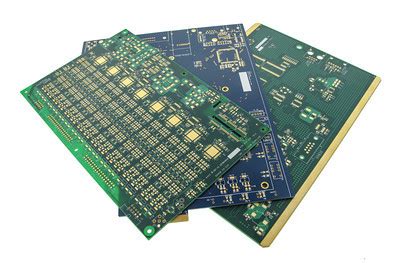
The following is my personal opinion on the copper-free hole and the control method. The reasons for the copper-free hole are nothing more than:
- The drilling dust blocks the hole or the hole is coarse.
- There are bubbles in the solution during copper deposition, and copper is not deposited in the hole.
- There is circuit ink in the hole, and the protective layer is not applied, and there is no copper in the hole after etching.
- The acid and alkali solution in the hole is not cleaned after copper deposition or board electroplating, and the parking time is too long, resulting in slow corrosion.
- Improper operation, too long stay time in the micro-etching process.
- The punching pressure is too large, (the punching hole is designed to be too close to the conductive hole) and the middle is neatly disconnected.
- The electroplating solution (tin, nickel) has poor penetration ability.
Improve the following 7 reasons for the copper-free hole problem:
- Add high-pressure water washing and desmearing process to holes that are prone to dust (such as holes with a diameter of 0.3mm or less).
- Improve the activity and vibration effect of the solution.
- Change the printing screen and alignment film.
- Extend the water washing time and specify how many hours to complete the graphic transfer.
- Set a timer. 6. Add explosion-proof holes. Reduce the force on the board.
- Perform penetration test regularly.

